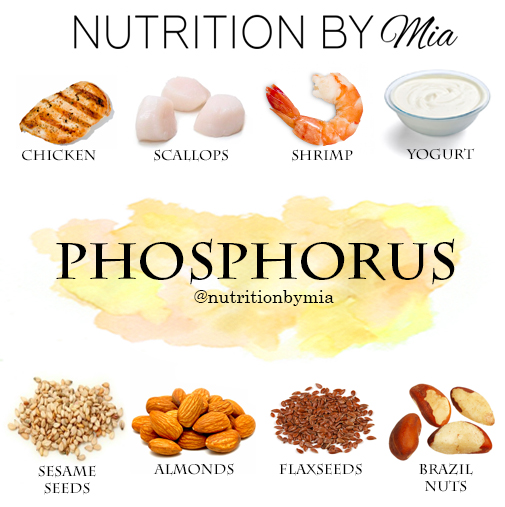
Phosphorous is a macroelement that makes up 1% of our body’s weight. This mineral is present in every cell of the body and its predominant function is aiding formation of bones and teeth. Though it is found in most food because it is an essential constituent of all living things, look to animal-based protein particularly dairy, meat and fish to get the highest quality source that our body can readily utilize.
Functional properties
Bones: Phosphate combines with calcium to form hydroxyapatite, which is a main inorganic compound in bones. It is also a constituent of nucleotides (our DNA and RNA). The skeleton is the principal reservoir for minerals, and about 80-90% of our body’s phosphorous.
Structural component of cell membranes: Phosphorous is a component of phospholipids which is a major structural component of cell membranes.
Energy production and storage: Phosphorous is required for all energy production and storage reactions that are dependent on phosphorylated compounds like ATP. Additionally, many enzymes, hormones and cell-signaling molecule are dependent on phosphorylation for their activation.
Plant-based phosphate is not as effective
This mineral is found in protein-rich foods but not all are the same when it comes to bioavailability- the fraction of the nutrient in food that is absorbed and metabolically available in the body. Research shows that >70% of phosphorus in meat is absorbed. However, phosphorus from nuts, seeds, and grains is about 50% less bioavailable because we lack the enzymes to liberate it from phytic acid (which it binds to in these foods).
How much do we need?
Adults aged 19 and older need 700 mg per day. This is a significant amount but deficiency is rare. Aim to get enough protein and calcium in your diet from quality sources to ensure you are meeting your daily requirement.












